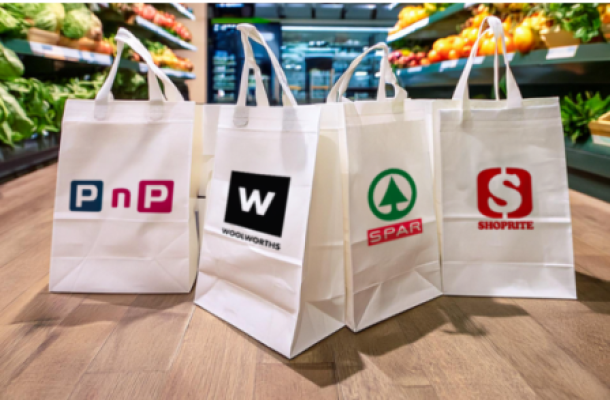Chocolate leads our Easter thinking ahead of religion, family and time off of work
More of us associate Easter with eating chocolate than anything else - with nearly three quarters of us likely to buy Easter Eggs and other chocolate novelties - according to new research published this week.
Findings from the latest Shopper Index from category and shopper management specialist Bridgethorne reveals that 36% of those surveyed associated Easter with a time to eat lots of chocolate. This compared to just 32% who regarded it as an important date in the Christian calendar and 30% who associate it most with a long weekend off of work.
Women are most likely to associate Easter with chocolate and getting together with family and friends; whilst men associate it mainly with the long weekend. The over 55s are most likely to associate Easter with the Christian Calendar or ‘new beginnings’ whilst those in the 18-24 age group associate it most with chocolate (50.8%) and time off from work (37.3%).
At both ends of the age spectrum, spending time with friends and family comes in third. Families are the most likely to indulge in seasonal chocolate with buying dropping off amongst empty nesters and significantly among the retired, suggesting that children are the focal point for treats.
Those who do buy Easter Eggs are overwhelmingly likely to be buying for immediate family, whether for children or adults. Three quarters of us will buy for immediate family compared to just a fifth for close friends, 19% for ourselves, 16% for wider family, and just 3% for work colleagues or other friends.
Whilst brand loyalty in confectionery may be strong all year round, at Easter, though, the appearance of an Egg or other chocolate novelty is much more likely to attract attention. This raises the prospect of brand switching and trial of new brands. Those most likely to be attracted to products by appearance are women (61.3%), families (73.3%) and shoppers in the North (72.7%).
In terms of where we purchase, nearly 90% of shoppers asked said they would buy their Eggs and Novelties in their usual supermarket. However, only 11% of those surveyed said they would buy Easter Eggs online compared with 22% who said they shopped for groceries with an online supermarket in the last Bridgethorne Shopper Index.
As with the rest of the year – as reported previously in the Bridgethorne Shopper Index - the under 25s show the most promiscuous behaviour, looking for Eggs & Novelties in the widest portfolio of outlets. They are more likely than other demographic groups to shop on-line but are also most likely to shop in “other discount stores” such as Wilko, Poundstretcher etc. Those in the pre-family are most likely to look to Premium Supermarkets, with families most likely to be heading to discount supermarkets, suggesting that the presence of children in a family may be helping discounters draw in the family shop.
Although more than a third of the sample agreed that it was a time of the year to get friends and family together, Easter is nowhere near as indulgent as Christmas when it comes to eating. More than half of shoppers continue to buy and serve the same food they would all year round and, for those that do trade up, it is only a little bit more special. This offers an opportunity for retailers, not only to sell more chocolate but to encourage shoppers to indulge those that they gather round them across the long weekend.
“Highlighting the ‘getting together’ element of Easter, whether in a traditional or modern way, could connect with those shoppers who do see this time of year as different, and may even move them from their usual shopping patterns. The fact that we perhaps feel less guilt-ridden about chocolate than the rest of the year suggests potential room for growth for brands and retailers to promote a broader range of self indulgent treats,” explained John Nevens, Joint Managing Director, Bridgethorne.
“It is also interesting that on-line shopping seems to appeal far less at this time of year, suggesting need for us to “see” the products, or perhaps to see them in a more appealing setting. This suggests that investing in packaging and display at this time of year looks like it could pay off for big and small brands alike,” Nevens added.
News Category
- International retailers
- On the move
- Awards and achievements
- Legislation
- Wine and liquor
- Africa
- Going green
- Supplier news
- Research tools
- Retailer trading results
- Supply chain
- Innovation and technology
- Economic factors
- Crime and security
- Store Openings
- Marketing and Promotions
- Social Responsibility
- Brand Press Office
Related Articles

Checkers Sixty60 wipes floor with Pick n Pay As...

Top tips for consumers to combat escalating ele...

Clear winner in South African retail battle

Drinks survey reveals Rooibos as a top choice a...


